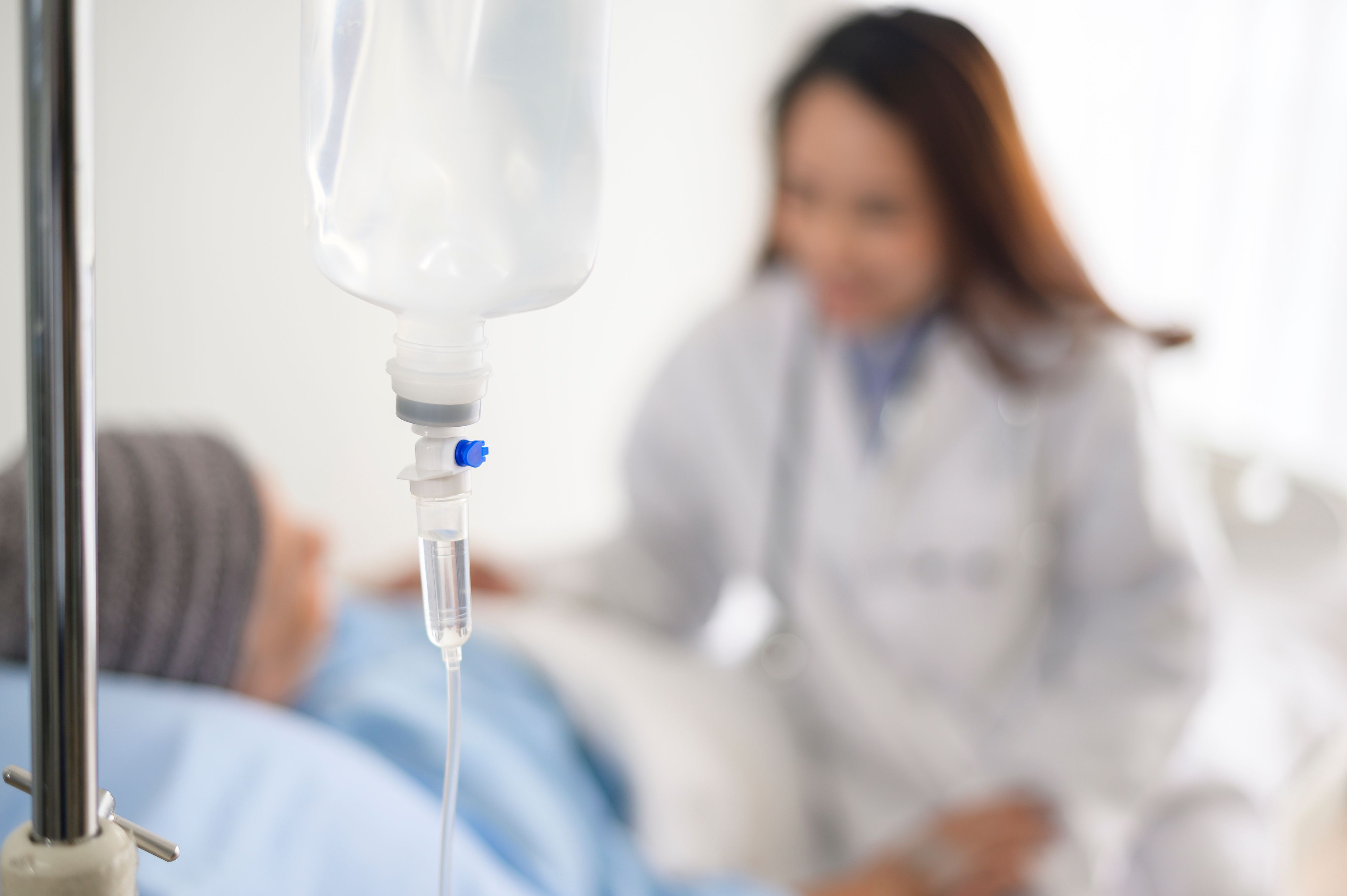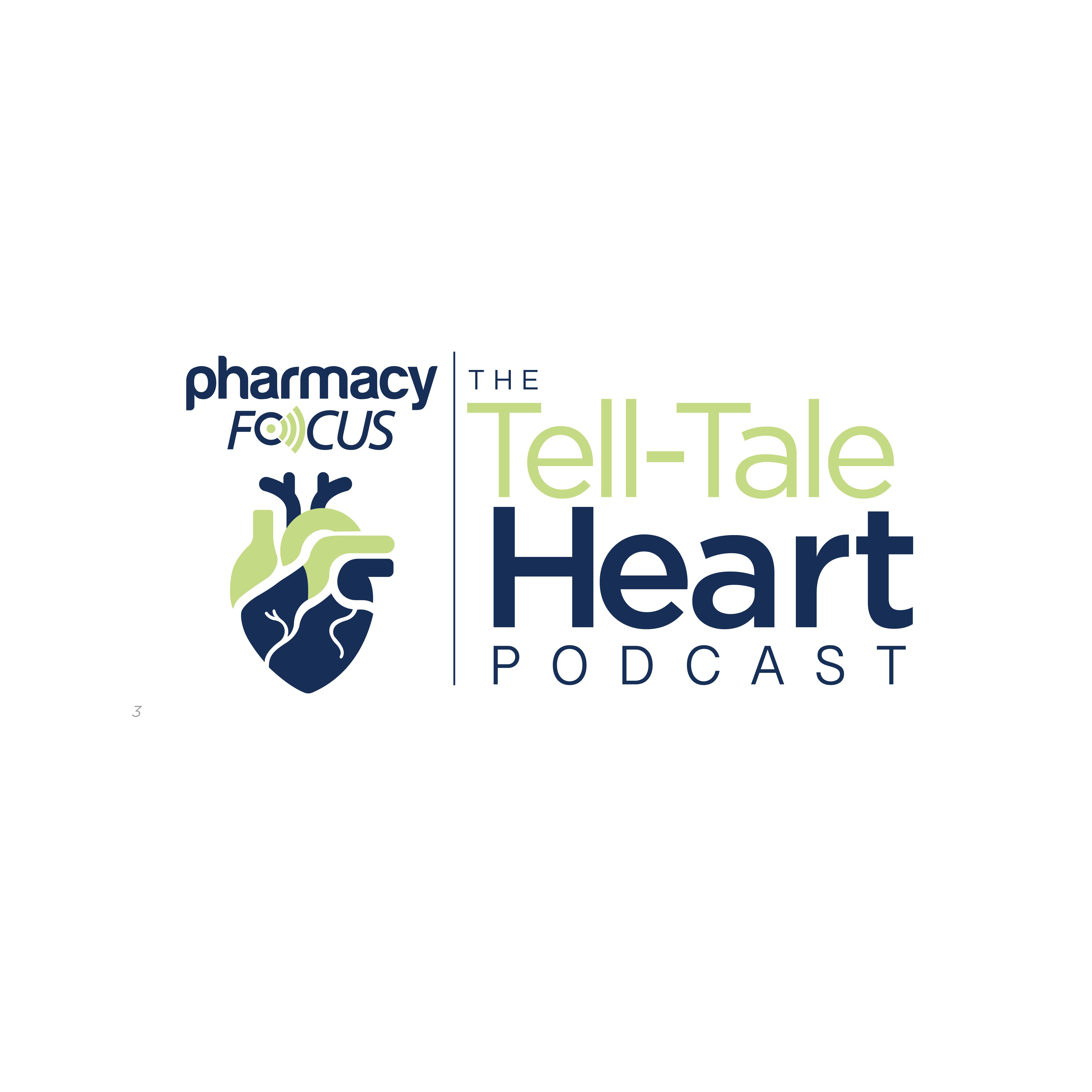Commentary
Article
ASCO 2025: Cost Savings and Clinical Outcomes of Pre-Treatment DPYD Genotyping Before Fluoropyrimidine Therapy
Pre-treatment DPYD genotyping significantly reduces hospitalizations and costs for patients with cancer, enhancing safety and efficiency in oncology care.
At the 2025 American Society of Clinical Oncology (ASCO) Annual Meeting, Sarah Morris, PharmD, presented findings from her team’s cost analysis of implementing pre-treatment DPYD genotyping to reduce hospitalizations at a US cancer center. In this interview, Morris, a clinical pharmacogenomics specialist at Atrium Health Levine Cancer Institute, shares how DPYD genotyping before initiating fluoropyrimidine (FP) chemotherapy has not only decreased hospitalization rates among patients with DPYD variants but also demonstrated cost savings from a health-system perspective. Morris discusses key insights from the study, including the real-world impact of pharmacogenomic testing, challenges in payer coverage and reimbursement, and the crucial role pharmacists play in integrating testing into oncology care pathways.
Pharmacy Times: What were the primary cost drivers considered in your analysis of pre-treatment DPYD genotyping—testing, treatment modifications, or hospitalization avoidance?
Sarah Morris, PharmD, is a clinical pharmacogenomics specialist at Atrium Health Levine Cancer Institute in Charlotte, North Carolina.

Sarah Morris, PharmD: We considered the cost of DPYD testing and the cost of hospitalizations related to FP toxicities. Our cost and sensitivity analysis used a decision tree to compare the cost of pre-treatment testing (including DPYD wild type patients receiving standard dose and DPYD variant carriers receiving upfront reduced dose) to no pre-treatment testing (whereby all patients received initial standard dose) from a health-system perspective in the first 3 months of FP treatment.
Pharmacy Times: How significant was the reduction in FP-related hospitalizations after implementing routine DPYD genotyping?
Morris: Our real-world study published in JCO Precision Oncology evaluating 442 patients undergoing DPYD testing and receiving FP showed that by testing patients before starting treatment and reducing the initial dose in DPYD variant carriers, the hospitalization rate in these carriers was reduced from 64% to 25%.
Pharmacy Times: How did you assign monetary value to avoided adverse events (AEs), particularly hospitalizations, in your analysis?
Morris: Based on the actual AEs patients were hospitalized for, we calculated a weighted average cost of hospitalization for each group—wildtype patients receiving standard dose,variant carriers receiving reduced dose, and variant carriers receiving standard dose—using hospitalization cost data in North Carolina from the 2021 Healthcare Cost and Utilization Project Inpatient Database.
Pharmacy Times: What were the initial implementation costs for DPYD genotyping at your center, and how long did it take to see a return on investment?
Morris: As described in our implementation paper published in American Journal of Health-System Pharmacy, testing originally began in 2020 and was funded by the institution along with some grant funding, thus no patient or insurance billing occurred for the first few years. We transitioned to billing insurance for testing near the end of 2023. Our cost analysis has shown that pre-treatment testing resulted in a cost saving of approximately $37 per patient compared to no pre-treatment testing when considering costs of testing (~$175 based on the CMS fee schedule) and hospitalizations. It is expected that the cost savings may be higher when also accounting for costs associated with outpatient toxicity management and other indirect costs, thus our estimate is conservative.
Pharmacy Times: Did your analysis factor in indirect costs, such as patient time lost, productivity, or caregiver burden?
Morris: Our model only focused on direct medical costs. However, we acknowledge that indirect costs such as missed workdays and caregiver responsibilities are significant. These would likely further increase the cost savings of DPYD testing as reduced toxicity and hospitalization translate into improved quality of life and fewer logistical burdens on patients and caregivers.
Pharmacy Times: Based on your findings, do you believe pre-treatment DPYD genotyping should be standard of care in US cancer centers? Why or why not?
Patient receives counseling from clinician after chemotherapy. Image Credit: © tonefotografia - stock.adobe.com

Morris: Absolutely. We and the pharmacogenomics community as well as patient advocacy groups have advocated for routine DPYD testing in US cancer centers. A recent FDA safety announcement highlighted the importance of informing patients about the risks of DPD deficiency and testing options. The FDA product labels for 5-FU and capecitabine state that providers should consider testing, and for the first time NCCN guidelines for certain gastrointestinal cancers now also state the same.
Our study adds to a growing body of evidence showing that pre-treatment genotyping reduces severe toxicity and hospitalizations and leads to cost savings. While there is pharmacokinetic data and retrospective outcomes studies showing genotype-guided dose reductions do not negatively affect drug exposure or survival, we acknowledge there are limitations with these studies. We also acknowledge there is wide variability in allele coverage amongst commercial DPYD tests, as we showed in Journal of the National Comprehensive Cancer Network. Nonetheless, we believe all patients should be made aware of and have access to testing, and US cancer centers should adopt DPYD testing to improve patient safety.
Pharmacy Times: How do you think insurance coverage and reimbursement policies affect the adoption of DPYD testing in clinical oncology settings?
Morris: Insurance coverage remains a major challenge to widespread adoption of testing. Our analysis in The American Journal of Managed Care showed that many payers including CMS do cover DPYD testing; however, inconsistent policies across payers and lengthy prior authorization processes create barriers to routine adoption. We are actively working with the pharmacogenomics community to engage payers and advocate for testing reimbursement, particularly given the recent NCCN guideline updates and growing recognition of the clinical value of DPYD testing.
Pharmacy Times: What role can pharmacists play in improving the cost-effectiveness of pharmacogenomic testing programs such as DPYD genotyping?
Morris: Pharmacists are integral to the success of pharmacogenomic testing like DPYD genotyping. At our institution, our pharmacogenomics team is led by pharmacists. Clinical pharmacists working in oncology clinics help facilitate testing by identifying appropriate patients, interpreting results, recommending dose modifications, and educating both providers and patients. Pharmacists can contribute to cost-effectiveness by ensuring testing is done preemptively rather than reactively, thereby preventing costly hospitalizations.
Pharmacy Times: Have your findings led to any changes in pharmacy-driven protocols or clinical pathways for managing patients on FP therapies?
Morris: Although we now test the majority of our FP-treated patients, we are actively working on adding DPYD test order to FP treatment plans to simplify test ordering for providers, thus making it an “opt-out” instead of “opt-in.”
Newsletter
Stay informed on drug updates, treatment guidelines, and pharmacy practice trends—subscribe to Pharmacy Times for weekly clinical insights.






